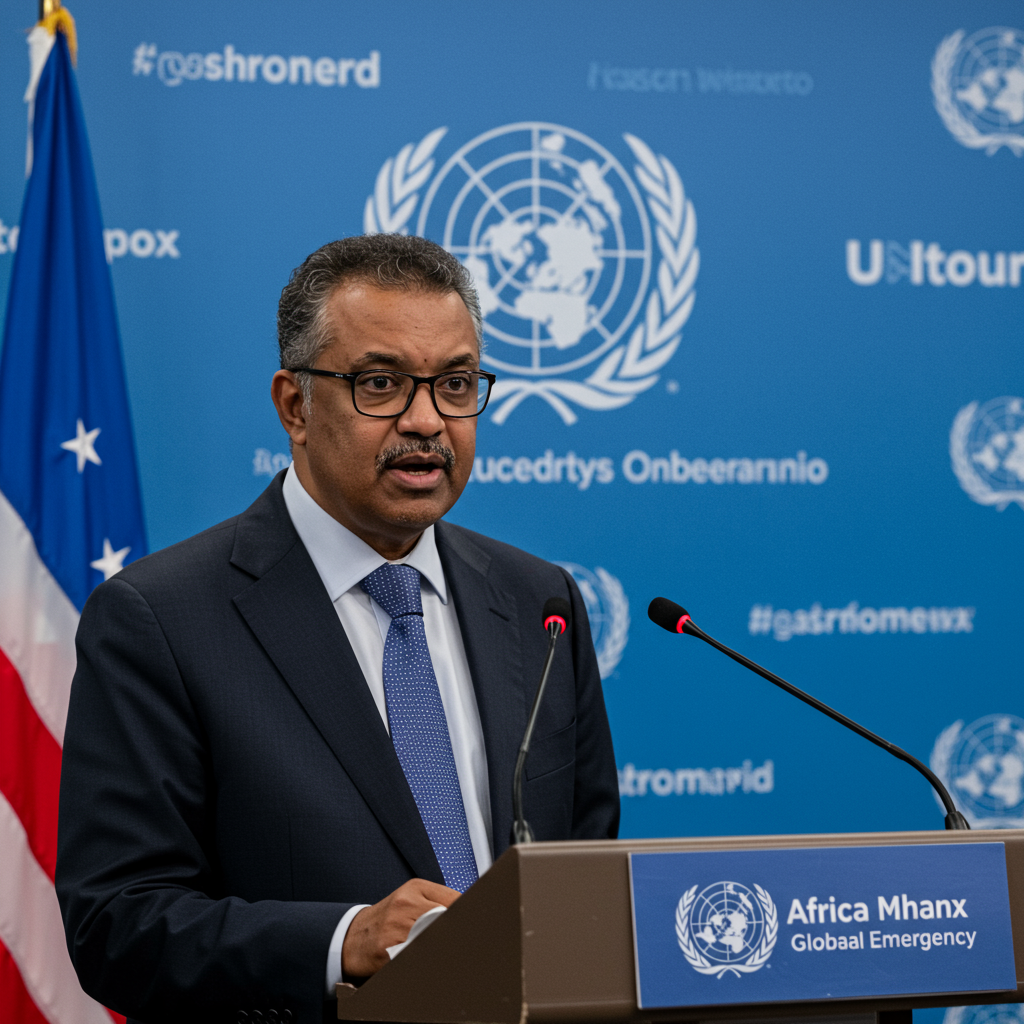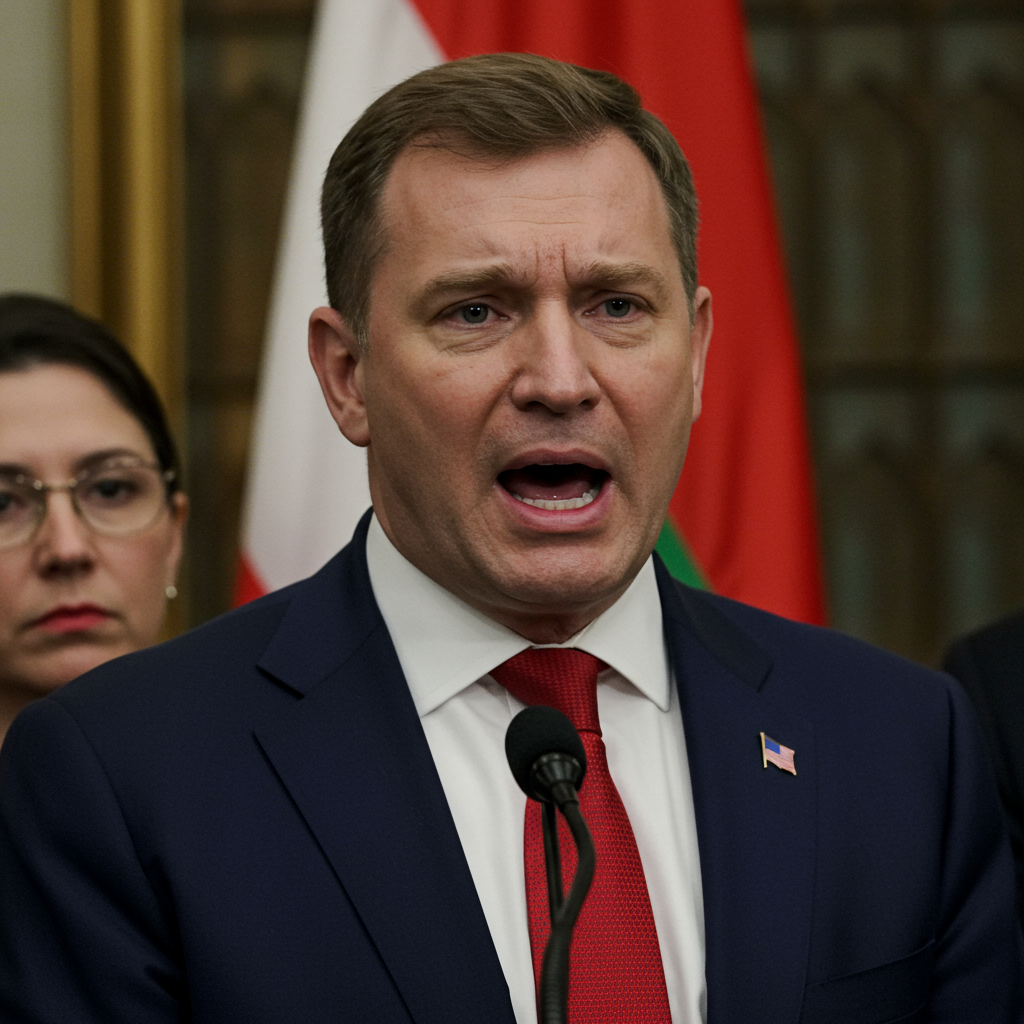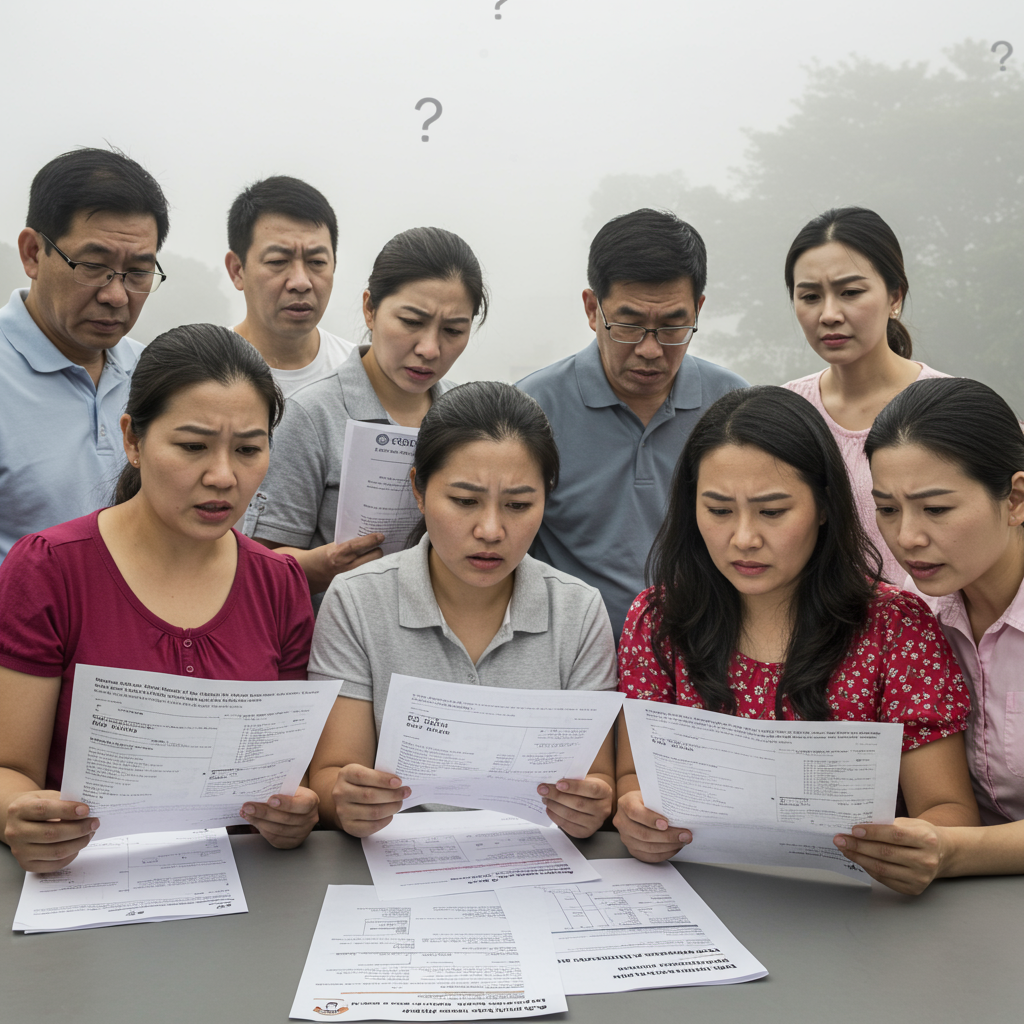On September 5, 2025, a critical shift occurred in global health policy: the World Health Organization (WHO) declared that the mpox outbreak in Africa no longer constitutes an international health emergency. This significant announcement, made by WHO Director-General Tedros Adhanom Ghebreyesus, marks a pivotal moment, signaling progress in controlling the deadly Clade I variant that emerged in early 2024. However, the decision is nuanced. While the highest level of global alert has been lifted, both the WHO and, crucially, the Africa Centres for Disease Control and Prevention (Africa CDC) emphasize that the threat is far from over, particularly across the African continent. This update provides essential context on what this downgrade truly means for public health and ongoing vigilance.
A Landmark Decision: Downgrading the Global Threat
The WHO’s declaration on Friday, September 5, 2025, follows intensive evaluation by an emergency panel. This panel, convened after the mpox outbreak began, advised that the situation no longer meets the criteria for a Public Health Emergency of International Concern (PHEIC) – the agency’s highest alert level. Director-General Tedros Adhanom Ghebreyesus promptly accepted this recommendation.
An international emergency declaration isn’t just a label; it’s a powerful tool. It typically triggers the release of vital resources, enhances public awareness campaigns, and encourages global collaboration. Its removal suggests that the immediate global crisis associated with this particular outbreak has subsided. Yet, Dr. Tedros was quick to clarify, stating, “lifting the emergency declaration does not mean the threat is over, nor that our response will stop.” This emphasizes a delicate balance between acknowledging progress and maintaining a proactive stance against a persistent health challenge.
Understanding the Mpox Outbreak in Africa
Mpox, formerly known as monkeypox, is a rare viral disease. It belongs to the same family as the virus that causes smallpox. Historically, it’s endemic in parts of Africa, where humans typically contract it from infected rodents or small animals through bites. Symptoms can vary, from milder manifestations like fever, chills, and body aches to more severe cases involving painful lesions on the face, hands, chest, and genitals.
The specific mpox outbreak in Africa that prompted the WHO’s August 2024 emergency declaration involved a “new form” of the virus. This particular variant, a part of Clade I, surfaced in early 2024. It primarily affected the Democratic Republic of Congo (DRC) and neighboring African countries. Noteworthy for its spread through close contact, including sexual transmission, this outbreak raised serious concerns due to its potential for widespread impact and its higher mortality rate compared to another well-known variant.
Two Faces of Mpox: Understanding Clade I vs. Clade II
To grasp the complexity of the current situation, it’s vital to differentiate between the two main versions, or clades, of the mpox virus:
Clade II: This variant was responsible for the international health crisis of 2022. During that period, cases rapidly escalated across dozens of countries, primarily among men who have sex with men. While often causing painful skin lesions for weeks, infections from Clade II were rarely fatal. These global outbreaks subsequently waned later in 2022, with the U.S. reporting nearly 500 cases daily at its peak.
Clade I: This version is considered significantly deadlier than Clade II. It also spreads through close contact, including sexual transmission. The recent outbreak in eastern and central Africa, which triggered last year’s WHO emergency declaration, was caused by a newer form of this Clade I virus. The majority of these severe cases were concentrated in the DRC, Burundi, and Uganda. While Clade I cases were identified in travelers outside Africa, the international spread remained limited. For instance, the U.S. Centers for Disease Control and Prevention (CDC) reported only five such cases, all linked to recent travel to affected areas in Africa, with no further domestic transmission.
Why the Status Change? Progress and Persistent Challenges
The decision by the WHO to lift the emergency status was driven by several positive developments. Dr. Tedros cited improved public health measures and sustained declines in case counts across the initially hardest-hit regions. Dr. Dimie Ogoina, a Nigerian infectious diseases specialist and chair of the WHO emergency committee, further highlighted the critical role of increased testing. “Many countries have improved their ability to diagnose,” Dr. Ogoina noted, explaining how enhanced detection capabilities allowed for better identification of cases and, consequently, reduced virus spread.
However, this global re-evaluation doesn’t paint the full picture. Crucially, the Africa CDC has taken a contrasting stance. The day prior to the WHO’s announcement, the Africa CDC maintained that mpox in Africa continues to constitute a continental public health emergency. Their Emergency Consultative Group recommended that the Public Health Emergency of Continental Security (PHECS) remain in place. This decision aims to preserve political will, facilitate resource mobilization, and keep African nations on high alert.
The Africa CDC’s review indicated persistent surges in mpox cases in several countries, including Ghana, Liberia, Kenya, Zambia, and Tanzania. Additionally, new introductions of the virus were reported in Malawi, Ethiopia, Senegal, Togo, Gambia, and Mozambique. This dynamic, varied epidemiological situation across the continent underscores the continued severity of the issue, even amidst a reported 52% overall weekly decline in confirmed cases in some regions. Dr. Ogoina himself emphasized the need to “keep the urgency,” stressing against any reduction in financial investment or solidarity for the most affected African countries. Concerns remain particularly high regarding alarming death rates among people living with HIV/AIDS in Uganda and Sierra Leone, alongside signs of vulnerability among infants and children in the DRC.
What’s Next? Continued Vigilance and Global Responsibility
Despite the downgrade in international alert, the WHO has clearly stated its commitment to ongoing response efforts. This means supporting affected countries with surveillance, diagnostics, treatment, and vaccination programs. The lifting of the PHEIC does not mean a return to pre-outbreak complacency; rather, it shifts the focus to sustained, localized, and regionally supported interventions.
The divergence in assessment between the global WHO and the continental Africa CDC highlights the complex nature of managing widespread viral diseases. For individual countries in Africa, the mpox threat remains tangible, requiring continued resources and public health attention. The international community, while potentially reallocating emergency resources, must not diminish its support for these ongoing, critical efforts. This situation serves as a stark reminder that even as global alarms are lowered, localized epidemics can still pose significant risks, demanding tailored and robust public health responses. Collaborative efforts in disease surveillance and vaccine access remain paramount to fully contain the threat.
Frequently Asked Questions
What does it mean that mpox is no longer a global health emergency?
The World Health Organization (WHO) declared on September 5, 2025, that the mpox outbreak in Africa no longer warrants a Public Health Emergency of International Concern (PHEIC). This means the immediate global crisis requiring the highest level of international alert has subsided due to improved public health measures and a decline in reported cases. However, it does not mean the threat is over. The WHO will continue its response, and the Africa CDC still considers it a continental emergency, emphasizing that vigilance and sustained efforts are still crucial.
Which countries in Africa are still significantly impacted by mpox?
While the overall global emergency status has been lifted, mpox remains a significant concern in many African nations. The initial outbreak heavily impacted the Democratic Republic of Congo (DRC), Burundi, and Uganda. Recent reports from the Africa CDC indicate persistent surges in Ghana, Liberia, Kenya, Zambia, and Tanzania, with fresh introductions reported in Malawi, Ethiopia, Senegal, Togo, Gambia, and Mozambique. These countries continue to face substantial challenges in controlling the spread of the Clade I mpox variant.
Should travelers to Africa still be concerned about mpox, particularly Clade I?
Yes, travelers to affected regions in Africa should still exercise caution regarding mpox, especially the deadlier Clade I variant. While international spread has been limited (e.g., only five reported U.S. cases linked to travel), the virus is still actively circulating in several African countries. Travelers should be aware of symptoms (fever, lesions), avoid close contact with sick individuals, and be mindful of local health advisories. The WHO’s decision to lift the global emergency status does not negate the localized risks, and vigilance is still recommended.
Conclusion: A Shifting Landscape, Enduring Commitment
The WHO’s decision to downgrade the mpox outbreak in Africa from a global health emergency represents a significant milestone. It reflects real progress in surveillance, diagnosis, and public health interventions. However, the expert consensus from both global and continental health bodies underscores that this is not a moment for complacency. The deadly Clade I variant of mpox continues to pose a formidable threat across Africa, demanding sustained investment, collaboration, and public awareness. As the world navigates the evolving landscape of infectious diseases, the lessons learned from this mpox outbreak reinforce the enduring need for robust local health systems, equitable access to resources, and unwavering global solidarity to protect communities everywhere.




